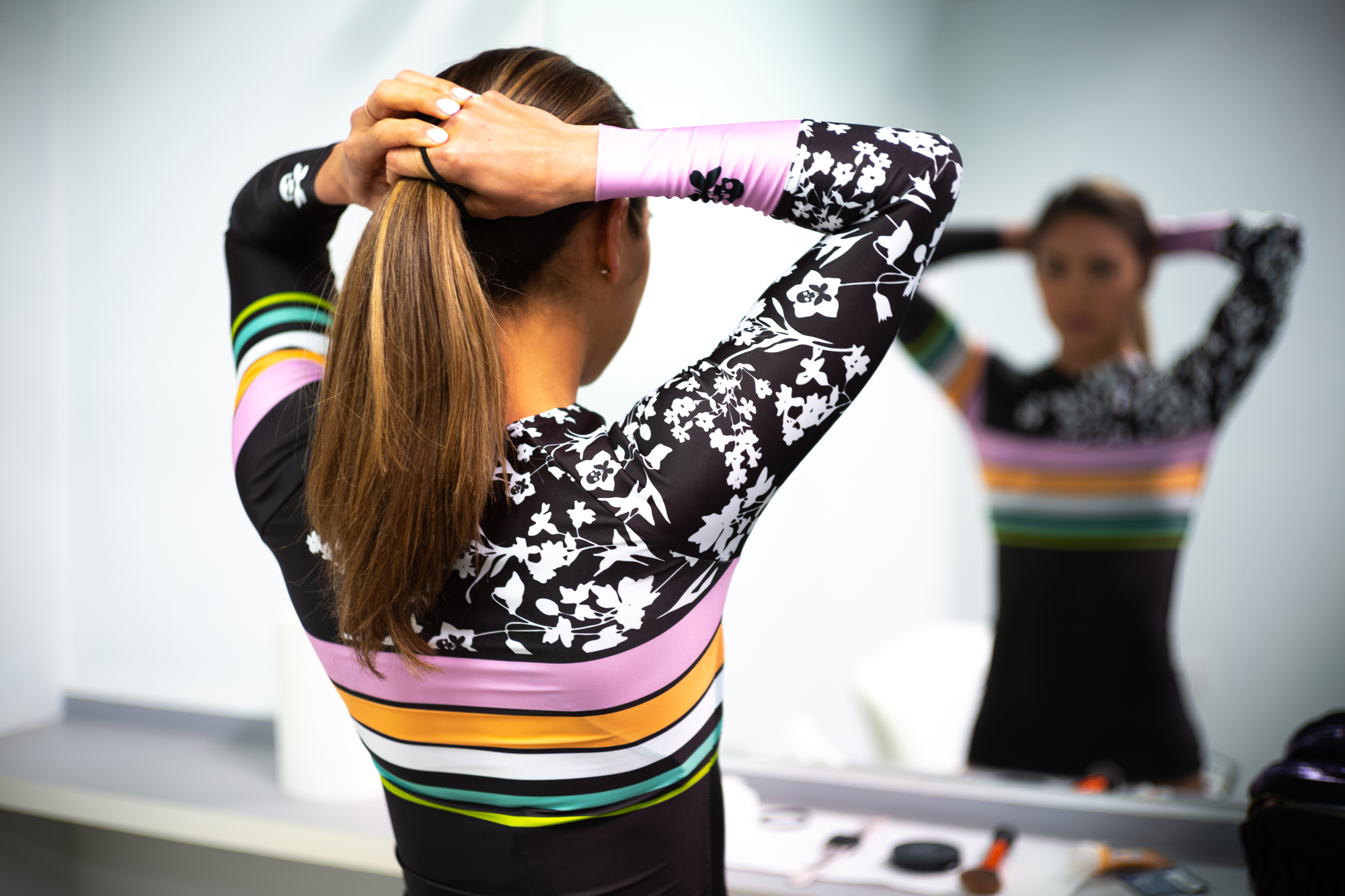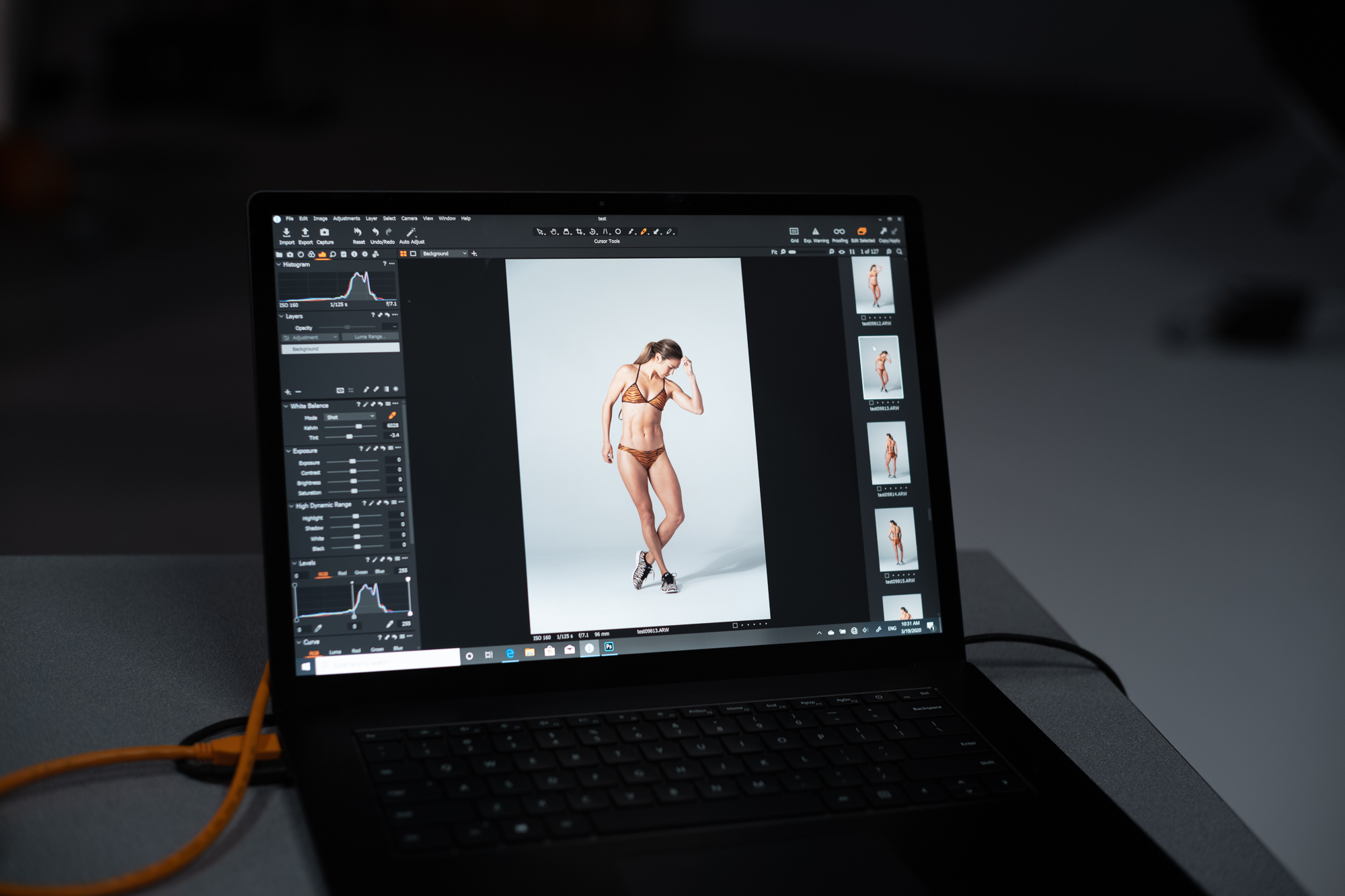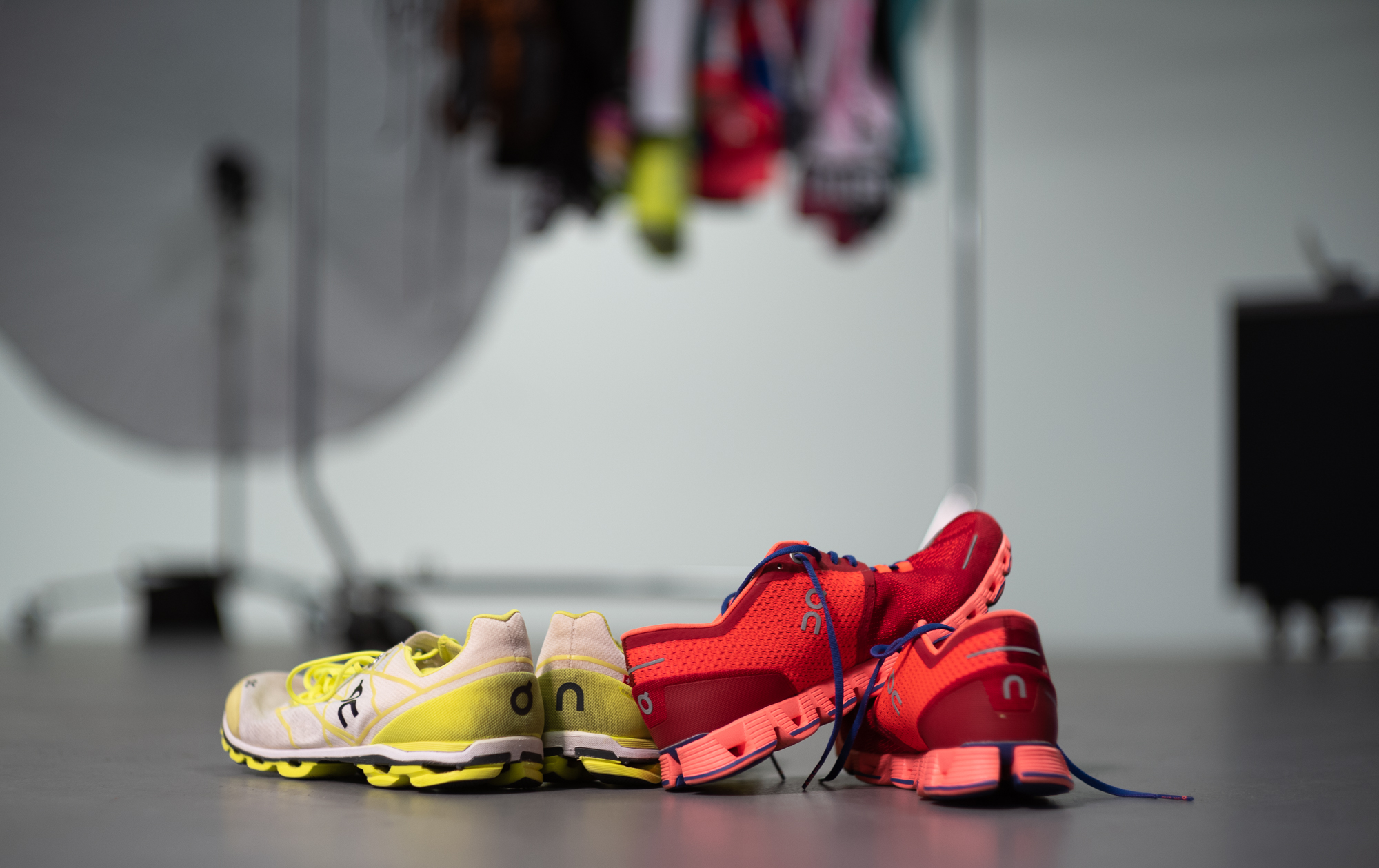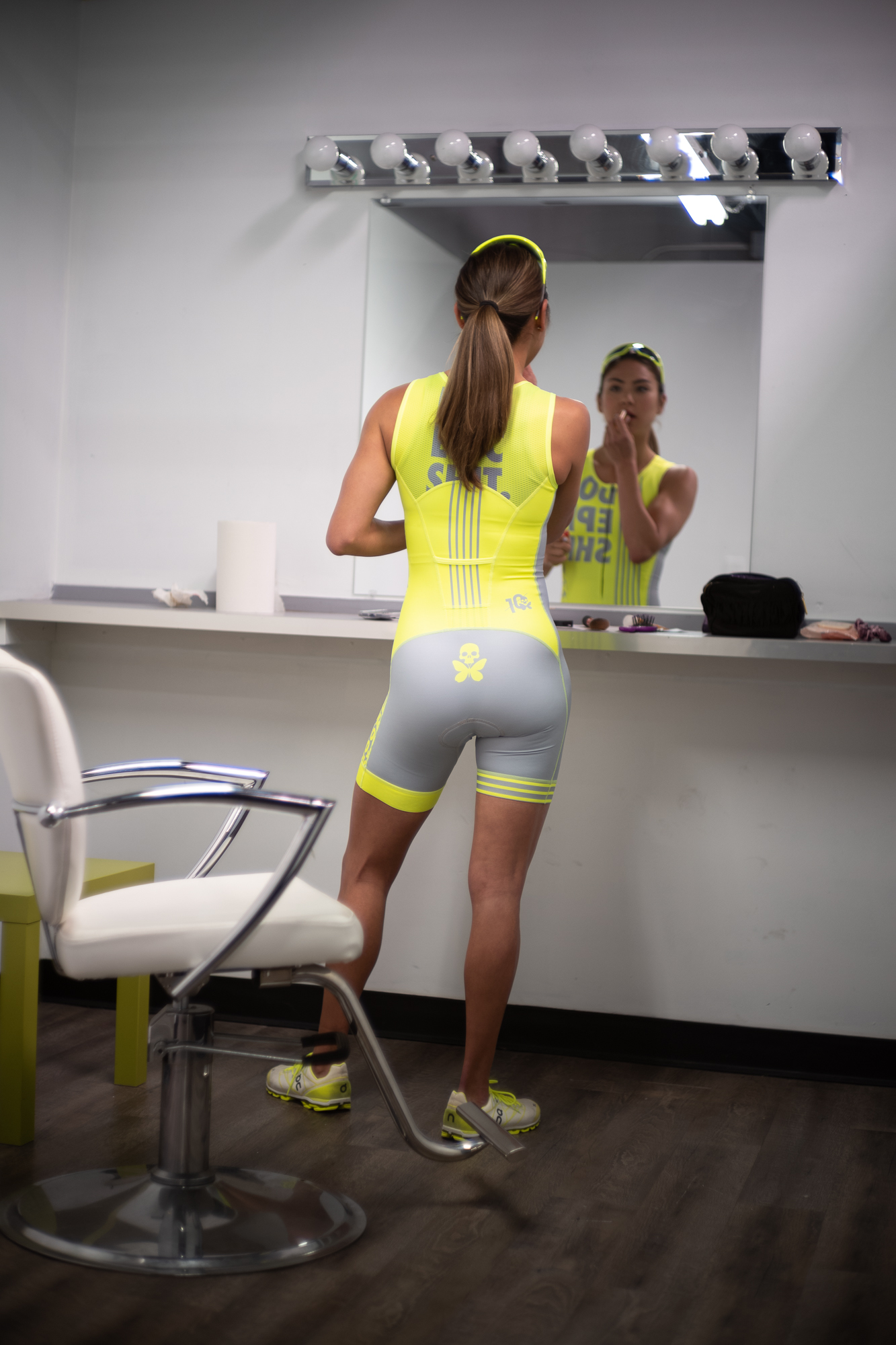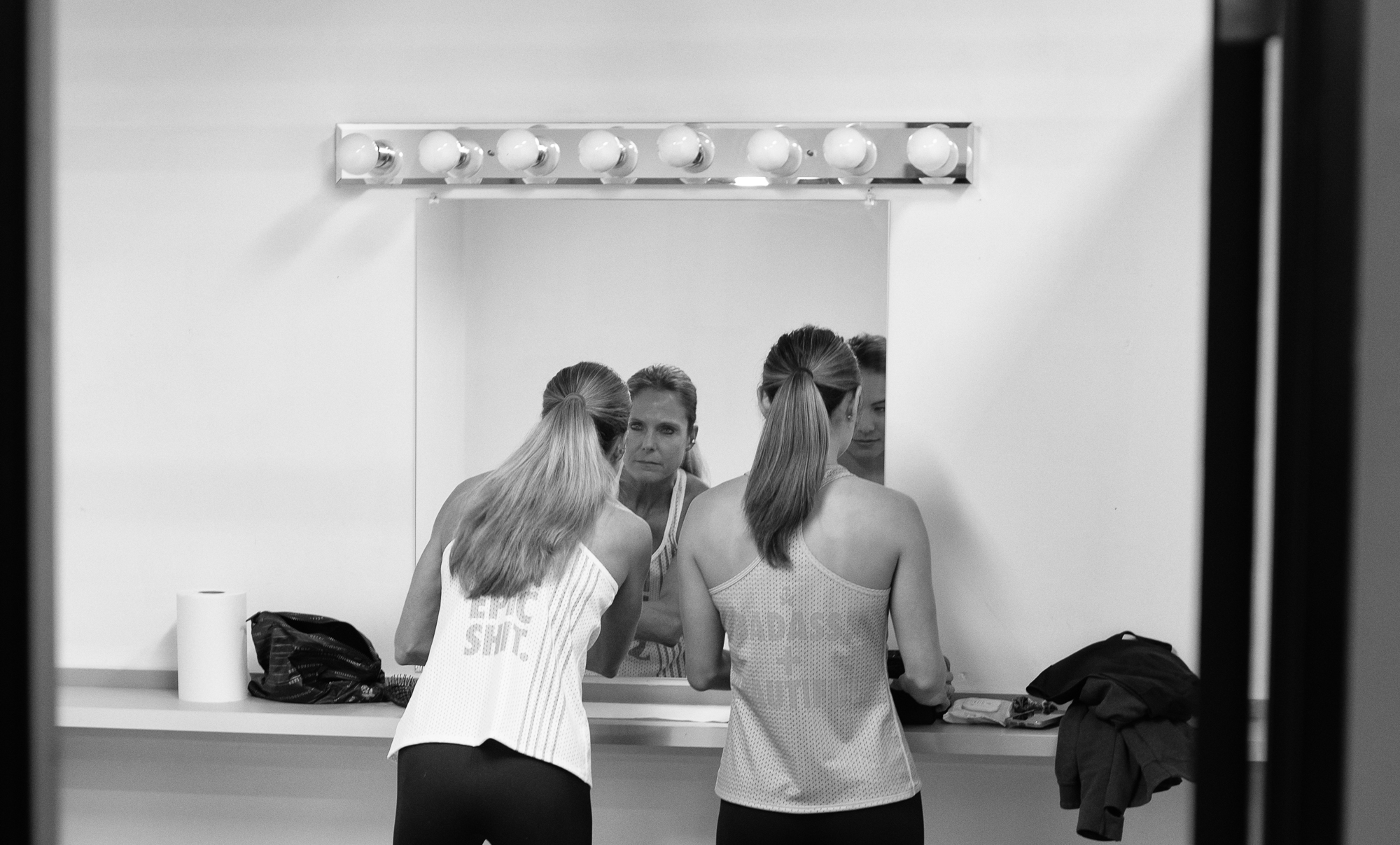There are two versions of this lens. The internet reports (this information is gathered from scattered sources but is likely largely scraped from Paul Kirchmans book) that the only difference is in the design of the body and the second version has a distance scale in meters and feet. The optics are the same. My version is one of the second versions. If you are searching on eBay nobody seems to say second version or first version but you can gauge it from the serial number. The first version was made between 1957-1958 and has serial numbers 10000-29390. The second version was made between 1959-1972 and has serial numbers between 29681-120705. Although there is some discrepancy with those numbers there if you go deep into the photo forums. Which one should you purchase? There does not seem to be any strong feeling on the internet either way so it is up to you.
With regards to the history of this lens, apparently, competition between rangefinder camera makers Nikon, Zeiss, and Leica was hot in the late 50’s and early 60’s. Each manufacturer needed a high-speed standard lens and Canon threw their hat in the ring with this one. Back then, high speed was a requirement with the slow film emulsions. This was the direct competitor to the Leica Summarit 1.5 (which was succeeded by the Summilux).Reference: LHSA.org
On garden gnomes and parked cars
It seems shameful to criticize a piece of history sitting here 50 years in the future but as bad as I feel about doing it, I can’t seem to stop the moving train. Sometimes new stuff is just better than old stuff and I am not talking about image quality. We will get to that in a minute. This section refers to the usability of the lens and the usability leaves something to be desired for one reason – the focus throw on this lens is longer than a horse’s gut.
In order to go from a long to short focus one needs to turn the barrel a full 180 degrees. This is not insignificant and I don’t think this “feature” gets enough discussion in other reviews. I practice my focusing almost every day and my rangefinder skills are, admittedly, less than award winning. Maybe someone else can make this work. If, however, you are like me, you might find the long focus throw impossible to use in situations where speed is a requirement. I also find myself getting “lost” when going between far and near subjects. I find it difficult to guess distance without first looking at the lens. If you are zone focusing with a “set it and forget it” approach, this won’t be an issue but if you are planning on using the focusing patch get ready for a wrist workout. If you are photographing anything other than garden gnomes, parked cars, and leaves on the ground you should expect some missed images that you might have otherwise nailed with another lens.
Another, albeit minor, annoyance is the presence of the infinity focus lock. I learned (er..am learning – this seems to be a never-ending practice) to use a rangefinder using Joeri van Dee Kloet’s book. If you use his method, you put the lens back to infinity every time you put the camera down and that doesn’t work with an infinity lock. I know I can remove the screw but hacking a piece of history seems nuts.
Finally, this lens, like all LTM/M39 lenses suffer from the rear lens cap vs. adapter issue.
Does it have SOUL?
This lens is dripping with Soul. Put it this way, if you stepped on it you wouldn’t hear cracking glass. You would hear a squirt. A loud squirt. A crushing squirt of Soul spewing out of every orifice from this lens. The soul this lens produces isn’t some Instagram filter low contrast mess like you get with some vintage lenses. It is a little less contrasty than a modern lens but it isn’t’ by any means low contrast. It is pure 60’s vintage soul with the colors, sharpness, saturation, and contrast to match. When it does it’s thing, this lens is the epitome of what I am looking for in a vintage lens. It is clear why people recommend this one in the forums. If you are basing your decision on the image (shooting above f1.4) alone, this one is a winner. If you are looking for cost vs. image and nothing else matters – you dont need to look anywhere else. Go get one, right now. But….get ready for the other half of the praise sandwich….there are issues.
If you are like me, you cringe when a reviewer says “useable but a little soft wide open. This lens cleans up nicely at [enter stopped down f-stop number]” because those words are like fingernails on a chalkboard. With so many options to choose from, why would anyone choose to carry a lens you can’t use wide open? Personally, I would always opt for something smaller and lighter which I could use wide open.
Under normal circumstances, my gut says, if a lens is a mess wide open it is an immediate deal-breaker. With the Japanese Summilux this is not a normal circumstance. In this case, because it has so much soul, softness at 1.4 in and of itself is not an immediate dealbreaker. If pushed, I could justify carrying this lens around even if I won’t ever use it wide open. Unfortunately, there is another issue at f1.4. When shot wide open, in some situations, the soul train is overtaken by Michael Jackson. Specifically, Michael Jackson living on the Thriller album cover.

The glow is real. Although some glow is passable with vintage lenses, and (inexplicably) some people like this sort of thing, glamour glow doesn’t do it for me. Check out the words on the sides of the image below.

This lens controls flare surprisingly well for its age. At 1.4 it is often a washout but at f2 you can expect some worthwhile, interesting, and useful flares. I dig it but I am a flare loving kind of guy.
Did I keep it?
I wish you didn’t ask me that because the answer requires a detour through the Jerry Springer Show. If you are not familiar with the show, Jerry Springer found misfits from all walks of society and put them on stage for our viewing pleasure and encouraged them to fight with one another and make each other cry. I remember watching one episode where a woman was talking about her abusive boyfriend and Jerry Springer was asking her about her mindset regarding the relationship. It went something like this:
Jerry Springer: So why do you stay with your boyfriend?
Girl: He loves me.
Jerry Springer: But he punches you in the face at least once a month.
Girl: yes. But when he is not punching me in the face, he loves me.
Jerry Springer: I don’t understand. How can he love you and still punch you in the face?
Girl: You don’t know him like I do. I don’t know but he does and I love him back.
And therein lies my issue with the Japanese Summilux. When it is not punching me in the face it loves me…and I love it back. When the images don’t go all Michael Jackson Thriller, when I have time to focus (or zone focus), when the adapter isn’t stuck in the rear lens cap, and I don’t need to shoot wide open, I would put it head to head with most anything else in my arsenal if I was looking for a whopping dose of vintage SOUL.
The question for you is how much of a beating are you willing to take looking for true love? Before you answer, remember you are talking about a 50+ year old lens.
To learn more about which lenses I kept and which lenses I sold, learn from my experience, and to support this site, please check out my Leica Lenses for Normal People:The Recommended List.
Image Samples (click for hi-res)


